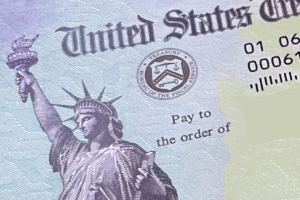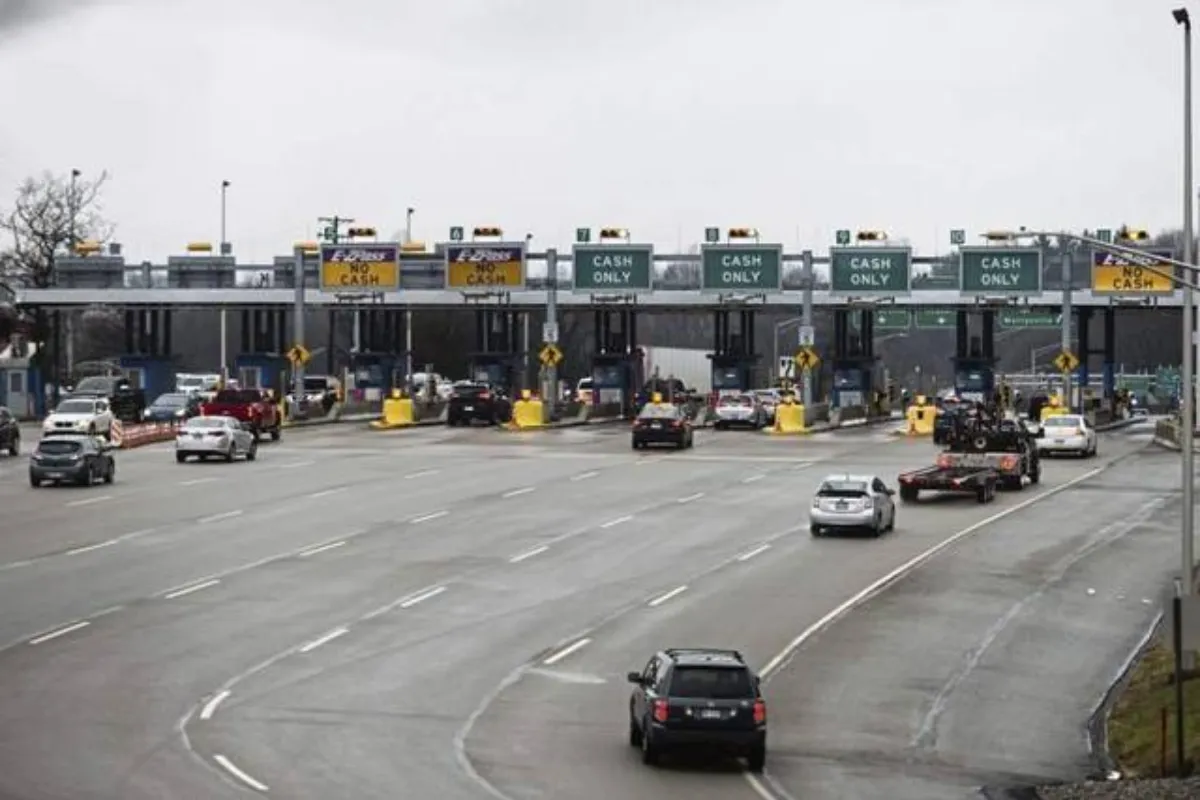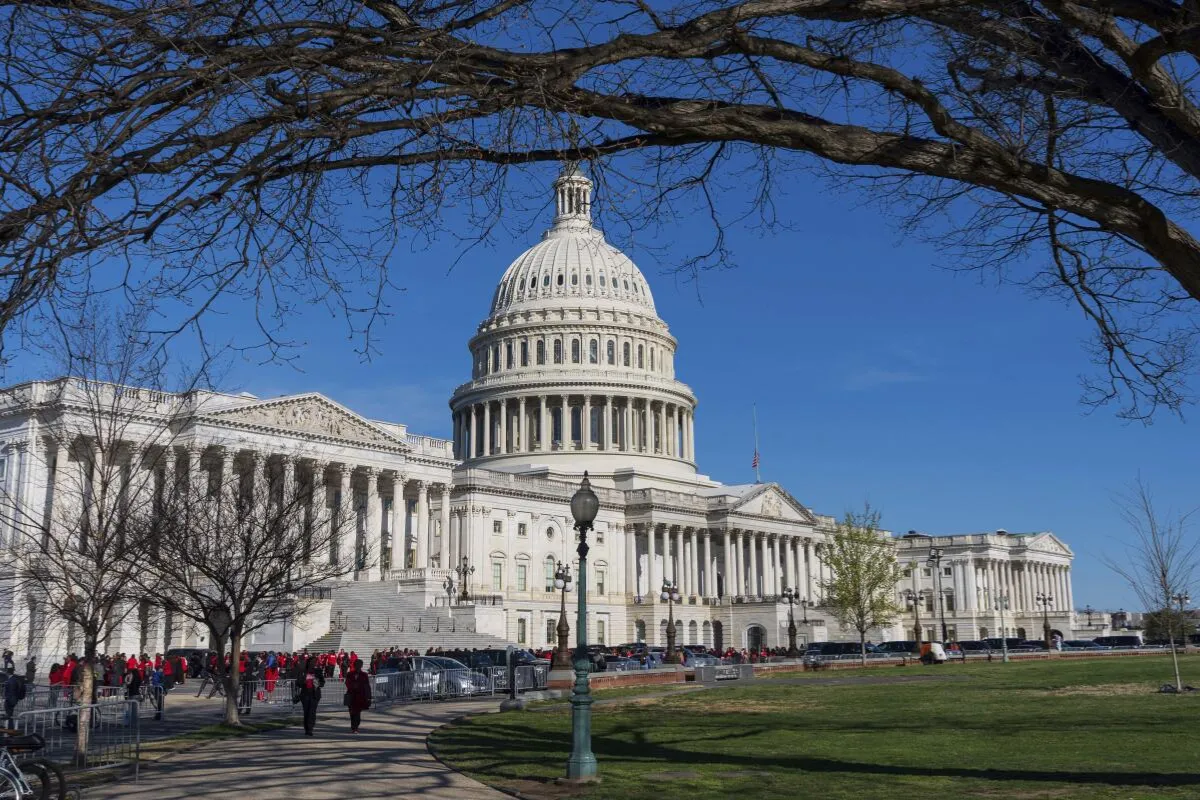West Virginia was on the verge of launching major broadband expansion efforts, but new federal guidelines could slow things down—and possibly send the state back to the drawing board.
During a meeting on Thursday, the West Virginia Broadband Enhancement Council reviewed updated guidance from the U.S. Department of Commerce’s National Telecommunications and Information Administration (NTIA) concerning the federal Broadband Equity, Access, and Deployment (BEAD) program.
The revised guidance, introduced by the Trump administration, aims to streamline the process by removing what it calls unnecessary rules set under the Biden administration. These changes prioritize speed, cost-efficiency, and technology-neutral deployment—meaning alternatives like satellite internet may now receive more attention alongside traditional fiber broadband.
The BEAD program, created under the 2021 Infrastructure Investment and Jobs Act (IIJA), includes more than $42 billion in funding to expand high-speed internet nationwide. West Virginia was among the first states to receive initial approval for its broadband plan and was awarded $1.2 billion in June 2023. But the updated federal rules could change how that money is spent.
Chris Campbell of Tilson Technology Management explained that states must revise their proposals within a tight 90-day deadline. This means West Virginia must reassess its coverage maps, remove areas already considered served, and possibly rebid some projects.
One major shift is the new openness to low Earth orbit (LEO) satellite providers, such as Starlink, to compete for broadband funding. While satellite internet offers potential for remote areas, it’s not without challenges.
“If a homeowner can’t access a satellite because of tree cover or hills, they’re simply out of luck,” said Council Vice Chairman Jeffrey Proctor. “Now, with less fiber planned, we could leave people with no access at all.”
Many of the earlier Biden-era requirements—such as those related to labor practices, climate goals, affordability, and open access—have been dropped. Instead, the focus is now on performance benchmarks and getting the best value for taxpayer dollars.
The changes come after a March pause in the BEAD program by Commerce Secretary Howard Lutnick, who said the existing rules were slowing progress and favoring certain technologies.
U.S. Senator Shelley Moore Capito expressed frustration over the delay. “We were just weeks away from approval, and now everything’s paused,” she said in a press call Thursday. “We passed the IIJA almost four years ago. I’ve been telling folks we’re connecting homes and businesses—but we still don’t have the money in hand.”
Despite the shake-up, Capito remains hopeful. “Our state plan already focuses heavily on fiber,” she noted. “We may need to rebid some parts, especially now that satellite providers can compete, but overall I think we’re still in a strong position.”
Governor Patrick Morrisey also supported the new guidance, saying it reflects West Virginia’s unique geography and needs. “We’ve approached this carefully from the start,” he said in a recent statement. “One-size-fits-all rules don’t work for our hills and hollers. We need flexibility to get the job done.”
While the updated rules may eventually speed up the funding process, for now, West Virginia is in a holding pattern—reworking its strategy and awaiting final federal approval.
With the state’s 90-day extension in place, officials hope to resubmit the revised plan soon. But the path forward is far from simple, as policymakers now balance new rules, new technologies, and the same old mission: bringing high-speed internet to every corner of the Mountain State.
















